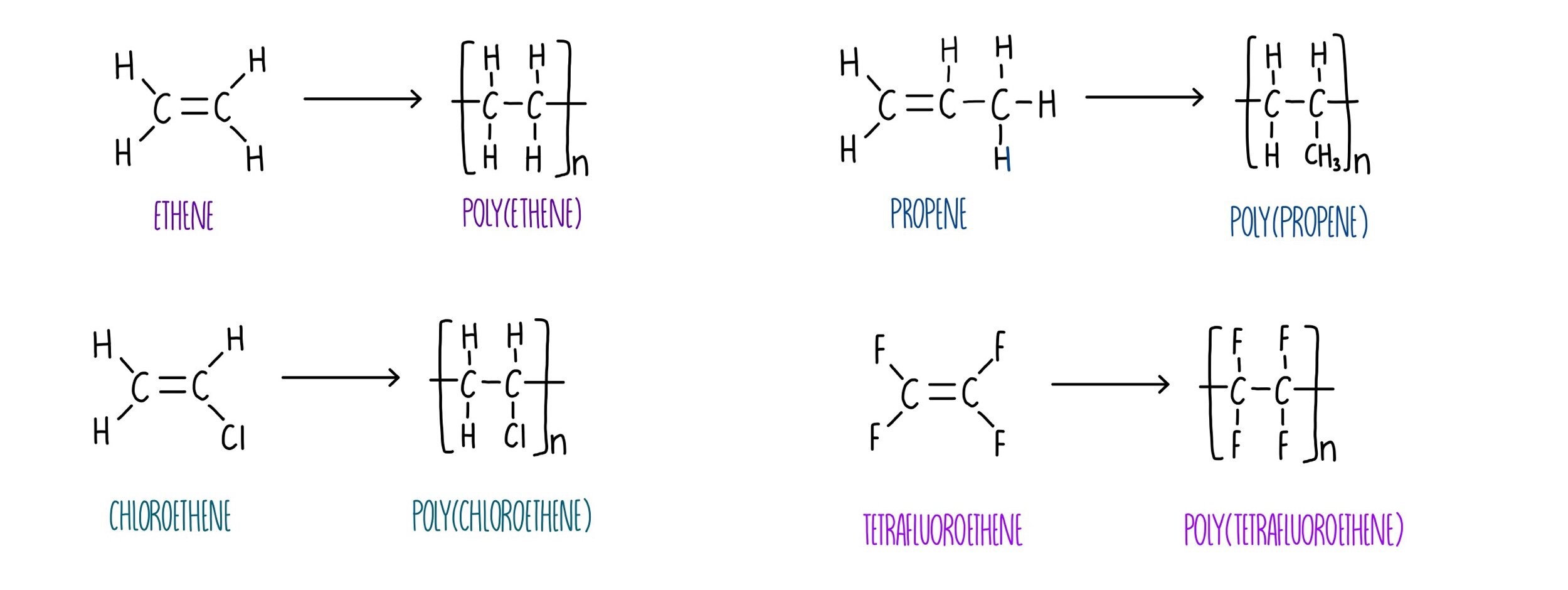


In a dehydration synthesis reaction (Figure 1), the hydrogen of one monomer combines with the hydroxyl group of another monomer, releasing a molecule of water. In the process, a water molecule is formed. In the dehydration synthesis reaction depicted above, two molecules of glucose are linked together to form the disaccharide maltose. This type of reaction is known as dehydration synthesis, which means “to put together while losing water.”įigure 1. In doing so, monomers release water molecules as byproducts. The monomers combine with each other using covalent bonds to form larger molecules known as polymers. Most macromolecules are made from single subunits, or building blocks, called monomers. Glucose, Fructose, Starch, Glycogen, Cellulose Storage Signals Structural Contractile Defensive Enzyme Transport ReceptorsĮnergy storage Protection Chemical messengers Repel water You are What You EatĬomparing the Biological Macromolecules Macromolecule In addition, they may contain hydrogen, oxygen, nitrogen, and additional minor elements. Biological macromolecules are organic, meaning they contain carbon. Combined, these molecules make up the majority of a cell’s dry mass (recall that water makes up the majority of its complete mass). Each is an important cell component and performs a wide array of functions.

Now that we’ve discussed the four major classes of biological macromolecules (carbohydrates, lipids, proteins, and nucleic acids), let’s talk about macromolecules as a whole. Distinguish between the 4 classes of macromolecules.


 0 kommentar(er)
0 kommentar(er)
